Saviano, Garrone, Gomorrah: Neorealism and Noir in the Land of the Camorra
In the opening chapter of Gomorrah, Roberto Saviano describes the arrival of shipping containers from China loaded with dead bodies spilling out in the port of Naples. “The hatches, which had been improperly closed, suddenly sprang open, and dozens of bodies started raining down. They looked like mannequins. But when they hit the ground, their heads split open as if their skulls were real. And they were.” Just a few lines later, Saviano reveals his source: “The port crane operator covered his face with his hands as he told me about it, eyeing me through his fingers. As if the mask of his hands might give him the courage to speak. He’d seen the bodies fall…” (2006:3-4).
This example illustrates how, throughout his personal journey into the realm of the Neapolitan-based organized crime system called Camorra, Saviano does not distinguish the author’s subjective gaze from that of his unofficial sources. Instead, he creates an eye/I dynamic, that is, an oscillation between centered and autonomous subjectivity. The incorporation of unanticipated viewpoints such as that of the port crane operator allows Saviano to break the boundaries between the journalistic inquest, a whistleblower’s account, and the political pamphlet. To embrace multiple identities is an ethical position, a rejection of a politically correct point of view on the Italian Southern Question.
Saviano, Garrone, Gomorrah: Neorealism and Noir in the Land of the Camorra (Fast Capitalism)
- Categories →
- Research
-

An Investigative Cinema (Book)

-
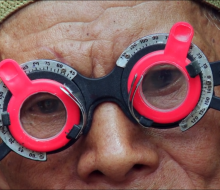
Joshua Oppenheimer’s Cold War Between Thought and Expression

-

Too Strange to Believe: Magical Realism and Cold War Politics in Narcos

-

The Aesthetics of the Procedural in Post-9/11 Cinema (Cinema Journal)

-

Shifting the Present: Francesco Rosi’s Salvatore Giuliano (Chronica Mundi)

-

In and Out of the Jungle: The Politics of Gael García Bernal (SCMS 2016)

-
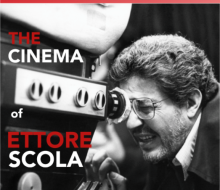
The Cinema of Ettore Scola (International Symposium at Casa Artom; Venice)

-
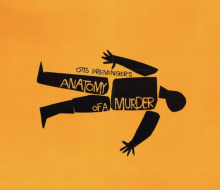
Just Imagine: Genre and the Logic of Movie Posters (Invited Talk)

-

Evening Rituals: Marco Ferreri’s Dillinger is Dead (Intersections Conference; Florence)

-

Contemporary Science Fiction Cinema — Two Special Dossiers for Film Matters 8.3 & 9.1

-

Network Narrative in Diaz. Don’t Clean Up This Blood (Harvard, ACLA 2016)

-

What Julian Smith Hates (and Loves) About Facebook: Social Media Parody as Self-Promotion (Comedy Studies)

-
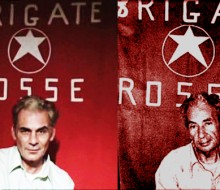
The Moro Affair in Gian Maria Volonté’s Movies (Book Chapter)

-
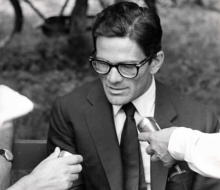
The Interview as Self-criticism: on Pasolini’s Metatelevisual and Extracinematographic Performativity (Book Chapter)

-

The Ontology of Replay: The Zapruder Video and American Conspiracy Films (Teorija in praksa)

-

The Missed Encounter with the Actor-Poet: Carmelo Bene and Vittorio Bodini According to Ruggero Jacobbi (California Italian Studies)

-

One Hundred Steps & the Neorealist Heritage (Book Chapter)

-

Even the Rain: A Confluence of Cinematic and Historical Temporalities (The Arizona Journal of Hispanic Cultural Studies)

-

Pablo Larraín’s No and the Aesthetics of Television (Seismopolite)

-

Saviano, Garrone, Gomorrah: Neorealism and Noir in the Land of the Camorra (Fast Capitalism)

-

Conferences

-

Theater According to Ruggero Jacobbi

-
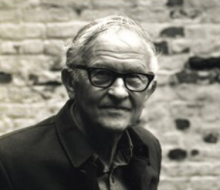
A Conversation with Albert Maysles

-

Rock me Amadeus: The Mozart-Salieri Conflict in Drama & Film

-
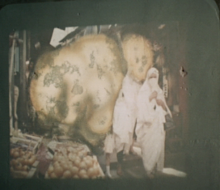
A Certain Absence in French Cinema

-

Cinemablography: Laughter as a Menacing Motif in Paul Thomas Anderson’s The Master

-

Cinemablography | A Legacy Intertwined: Christopher Nolan and his Dark Knight

-

Cinemablography | Hugo: Nostalgia for the Origins of Cinema

-
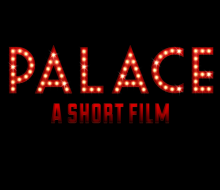
Palace, A Short Film

-

Dragoon Online

-

Pioneering YouTube

-

Genetic Ancestry Project

-
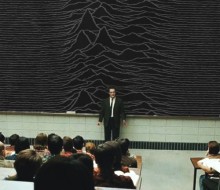
Teaching

-

Science Fiction Cinema

-

Short Story from Borges to HTML

-
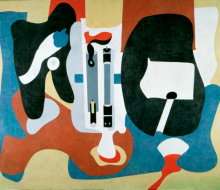
Eremo Zafer (Poetry)

-

Adagio Domestico (Crocetti Editore)

-
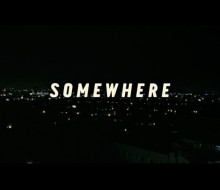
Somewhere Else (Poetry Book)

-
Clients

